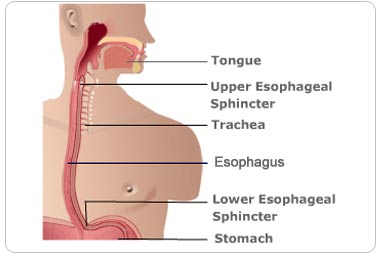Living organisms need food
a) In order to keep alive and to carry on their various life activities
such as ingestion, digestion, absorption, respiration, movement,
circulation, co-ordination, secretion, excretion and reproduction
b) For building and maintaining their cellular and metabolic machinery
(growth maintenance and repair of the organism)
c) For regulating metabolic processes.
d) For building up the resistance against disease
Food thus can be defined as any essential substance that when absorbed
into the body tissues yields materials for the production of energy,
the growth and regulation of life processes, without harming the
organism.
1. The particles or pieces of food, small or big are taken into
the body. This is called as eating or ingestion.
2. The ingested food is then digested, where the complex and large
food particles are broken down into simpler, smaller and soluble
molecules.
3. Then, the simpler substances obtained from digestion are then
absorbed into the cells of the body.
4. Then the undigested waste material is removed and thrown out
of the body by excretion. The process of digestion includes mechanical
and chemical breakdown of the ingested food.
The chunks of food chewed by us are broken down into small pieces
and are acted upon a variety of enzymes secreted into the mouth.
Thus, inside the mouth, saliva moistens the masticated food and
causes chemical digestion (of starch by the amylase enzymes into
smaller molecules). The masticated food and partially digested food
then passes the esophagus or the food pipe into the stomach. Here,
it is acted upon by gastric juice of the stomach, which contains
hydrochloric acid, pepsin and other enzymes. These enzymes break
down the proteins of the food into smaller molecules, which pass
onto small intestine.

In the first part of the small intestine, called the duodenum, food
(now called chyme) is acted upon the by bile juice from the liver
and pancreatic juice from the pancreas. The walls of a part of small
intestine called ileum also pour some enzymes for food digestion.

All the food, which is digested by the mouth, stomach, duodenum
and ileum, is ultimately absorbed by the villi, which are numerous
minute finger like projections into the cavity of the small intestine.
The absorbed food is then sent through blood to different parts
of the body. The absorbed food materials are utilized by the body
in various ways, by a process called assimilation. The undigested
food is sent to the large intestine and removed through the rectum
and anus in the form of stool or faeces. This process is called
excretion.

